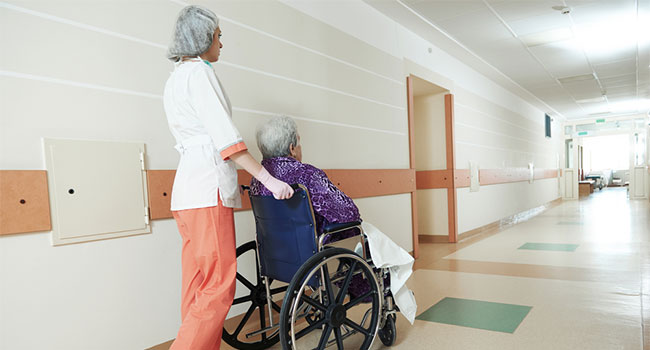
More Than 100 Nursing Homes Cut Off From Health Data, Payroll Due to Ransomware Attack
A cyber attack on an IT services provider has had major consequences for nursing homes, some of which may have to close down if they do not gain access to crucial patient data.
- By Haley Samsel
- Nov 27, 2019
More than 100 nursing homes across the country have been affected by a ransomware attack on a technology services provider, the company announced on Nov. 18.
Hackers demanded $14 million from Virtual Care Provider, who discovered the attack on Nov. 17. In a letter to clients, the company said that about 20 percent of its services were affected by the virus and that 100 of its servers would need to be rebuilt.
The Milwaukee-based Virtual Care Provider, which offers internet security and data storage capabilities to nursing homes and acute-care providers, could not afford to pay the ransom or gain access to its hacked data, leading to the destruction of the stolen information.
Several nursing homes have been unable to access patient records, use their internet services, pay staff or order medications for their patients, The Milwaukee Journal Sentinel reported last week. In an interview with cybersecurity blog KrebsOnSecurity, Virtual Care CEO and owner Karen Christianson said that some facilities are in danger of having to close down because they have little access to core services and data.
“We’ve got some facilities where the nurses can’t get the drugs updated and the order put in so the drugs can arrive on time,” Christianson said. “In another case, we have this one small assisted living place that is just a single unit that connects to billing. And if they don’t get their billing into Medicaid by December 5, they close their doors. Seniors that don’t have family to go to are then done. We have a lot of [clients] right now who are like, ‘Just give me my data,’ but we can’t.”
Read More: Managed Service Providers Are New Frontier of Ransomware Attacks
She said the company is focused on handling life-threatening situations first and gaining access to electronic medical records that were backed up on other servers.
A security firm in Milwaukee, Hold Security, was able to determine that a gang of Russian hackers were behind the attack. The group was able to infect computers at Virtual Care over the course of 14 months through phishing attacks in the form of email attachments containing viruses. The final attack lasted for three days.
"It's a catastrophic event," Alex Holden, the founder of Hold Security, told the Journal Sentinel. "At the end of the day, they basically destroyed all data available to [Virtual Care].”
The incident is indicative of a growing pattern among ransomware hackers, who are increasingly targeting managed service providers that offer IT services to small businesses. This tactic allows the hackers to paralyze several businesses and local governments at once and improve their chances of receiving the ransom payment as large numbers of clients panic about lost data.
About the Author
Haley Samsel is an Associate Content Editor for the Infrastructure Solutions Group at 1105 Media.